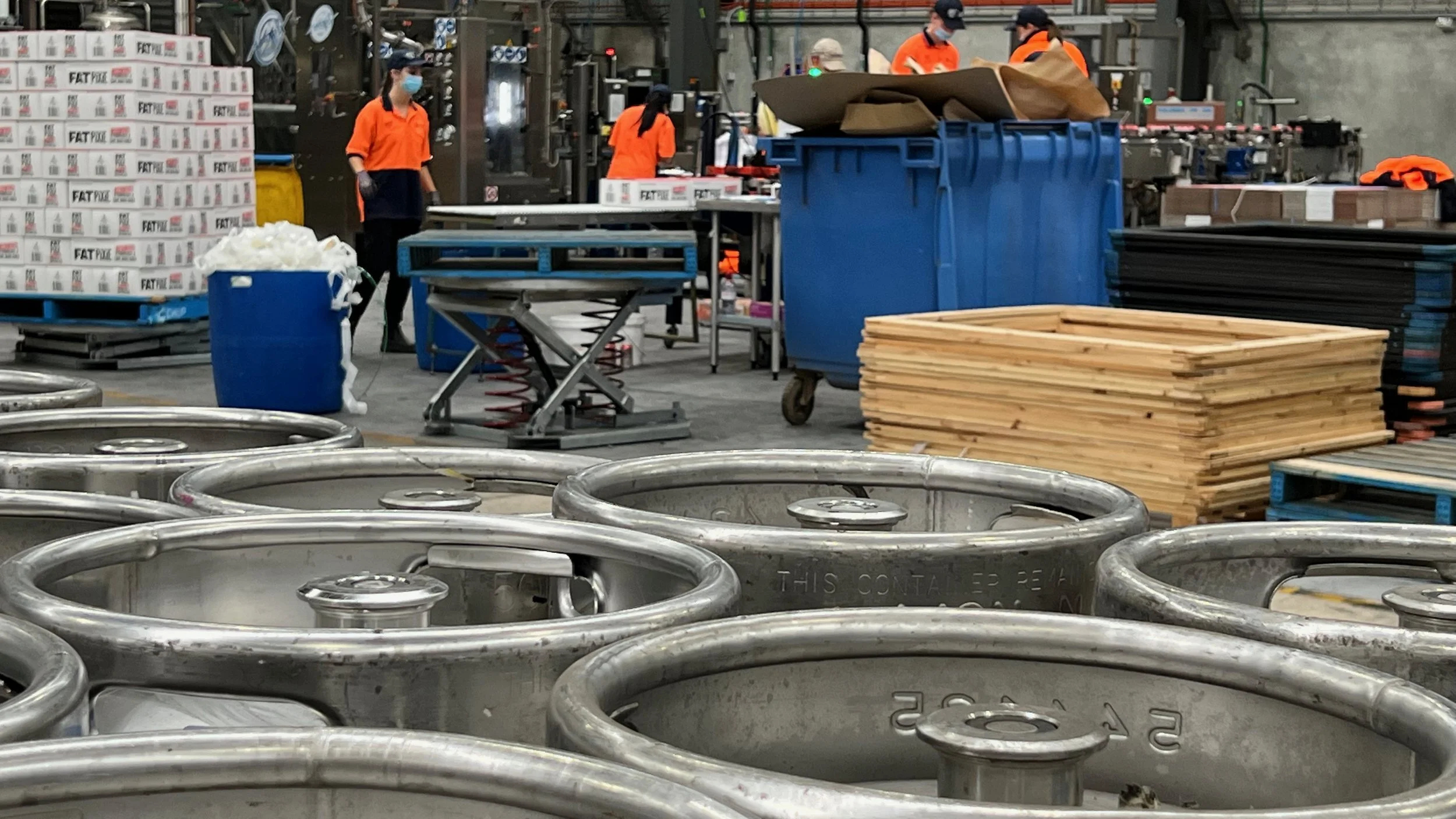Kegging Basics Explained for New Brewers
Kegging can be quite a complex process to ensure you’re adhering to all quality standards to safeguard the viability of your product. If you’ve recently got the brewing bug, there are a number of kegging basics that new brewers should know. In the following article we outline the must know kegging basics for new brewers, to help get you ready for your first kegged brew.
Kegging basics #1 - What raw materials are needed to start kegging?
Keg - these are reused numerous times
Keg cap
Keg collar
Desired liquid
Velcorin
Steam
Caustic
Kegging basics #2 - How does a basic kegging line work?
An industrial kegging line starts by cleaning the outside of the keg by having the keg pass through the keg washer. Then the keg proceeds to pass through four different machine ‘heads’.
The first head empties the remaining contents of the inside of the keg, the second sterilises the inside with caustic and the third sterilises using steam. The fourth and final head fills the clean keg with a new product liquid.
In following each of these four steps, kegs can be used for varying products – ie: they can be filled with beer, then cleaned and sterilised before being filled with cider.
When the filled keg comes to the end of the line, a keg cap is put on. This final stage is important to protect the valve from a build of debris which can lead to mould and damage the liquid when the keg is tapped.
A keg collar is used if you would like to add additional information or promotional material to the top of the keg; such information could be to flip the keg upside down before tapping it. A keg line also checks the pressure of the keg to ensure the product inside isn’t flat when the keg is tapped.
Velcorin is a chemical mixed with the product when filling the keg to ensure no micro-organisms are present in the liquid. After 15 minutes of being mixed with the liquid, it is safe to consume the velcorin-dosed product.
Kegging basics #3 – What products can I keg?
You can keg any liquid that you desire. From alcoholic to non-alcoholic, still, sparkling, flavoured or naturally brewed. At Idyll, we keg cider and ready-to-drink products.
If you’re looking to have your products kegged, Idyll are experts in contract kegging. Contact us today to learn more.
> Read also: Keg Line Design & Functionality
